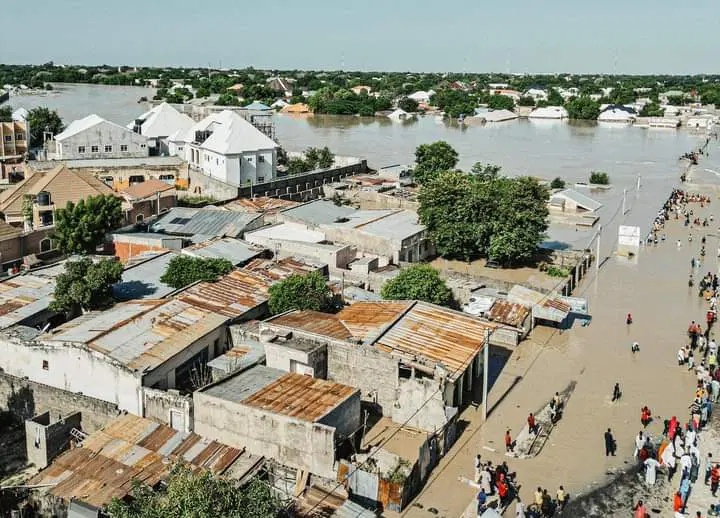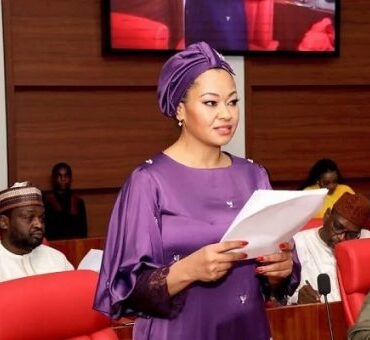The Nigeria Hydrological Services Agency (NIHSA) has issued a flood warning for several states, including Kogi, Anambra, Delta, Bayelsa, Niger, Benue, and Adamawa, due to rising water levels along the Niger and Benue Rivers.
At a press conference in Abuja, the Director General of NIHSA, Engr. Umar Ibrahim Mohammed, urged residents in flood-prone communities to remain alert and consider relocating to higher ground where necessary.
“Our hydrological monitoring shows high water levels along parts of the Niger and Benue Rivers, with the possibility of localized flooding in Kogi, Anambra, Delta, and other downstream communities,” he said. “We advise residents in flood-prone areas to remain vigilant and to follow official advisories.”
The DG stressed that early warning and timely evacuation remain the most effective strategies to prevent loss of lives and property. He noted that NIHSA plays a crucial role in monitoring and managing Nigeria’s surface and groundwater resources, providing essential data to support planning across sectors such as agriculture, energy, dam operations, and environmental management.
According to Mohammed, the agency has improved its real-time data collection and flood prediction capabilities through upgraded early warning systems, satellite imagery, digital modeling, and on-the-ground measurements.
NIHSA’s Annual Flood Outlook, one of its key publications, offers forecasts of likely flood scenarios across the country and guides sensitization efforts to help communities and governments prepare in advance.
In addition to monitoring water levels, the agency has conducted water quality assessments during recent flood events. These evaluations revealed contamination in some shallow wells caused by floodwater intrusion. Mohammed called for increased cooperation among government ministries, humanitarian organizations, and local authorities to ensure safe drinking water in affected areas.
Looking ahead, the agency is developing a Five-Year Strategic Action Plan focused on innovation, regional outreach, and stronger stakeholder engagement. NIHSA also aims to expand the capacity of its zonal and field offices and deepen collaboration with institutions such as NIMET, NEMA, the National Water Resources Institute, the World Meteorological Organization (WMO), and UNESCO.
Mohammed reiterated NIHSA’s commitment to delivering accurate and timely hydrological information to help safeguard lives, support sustainable development, and build national resilience against climate-related disasters.
“As floods, droughts, and other climate-related challenges intensify, collective action and early response remain key to preventing avoidable disasters,” he said. “No Nigerian should suffer loss due to lack of information or warning.”






Post comments (0)